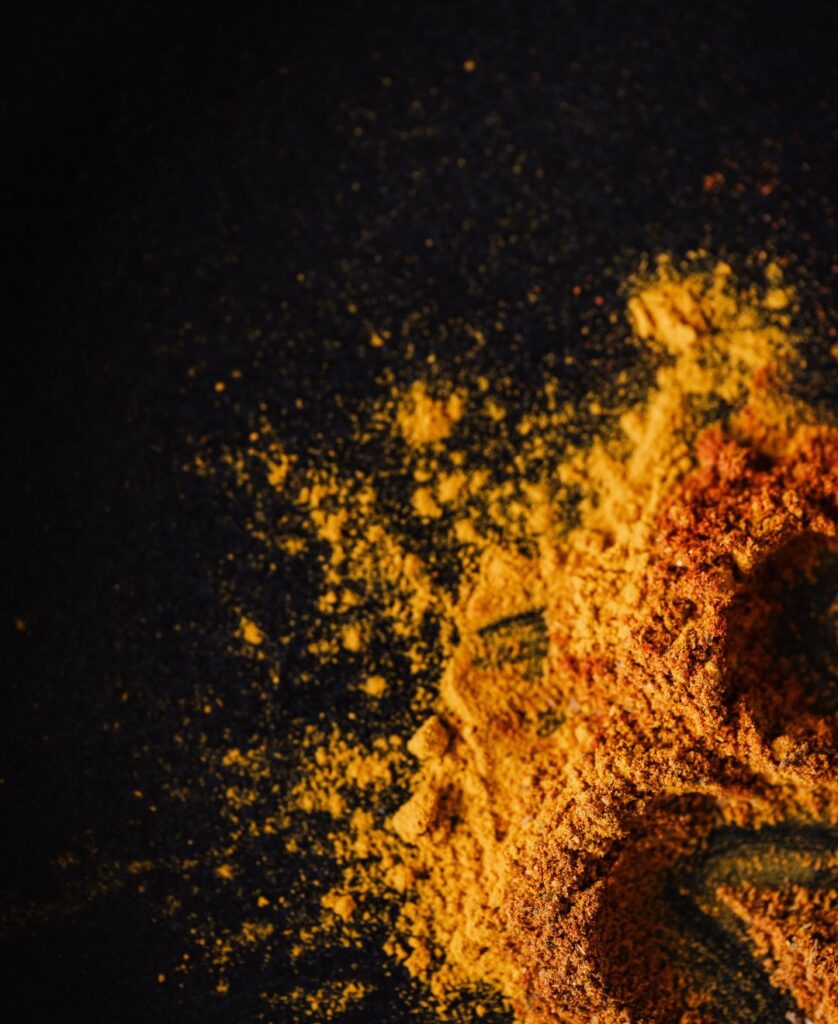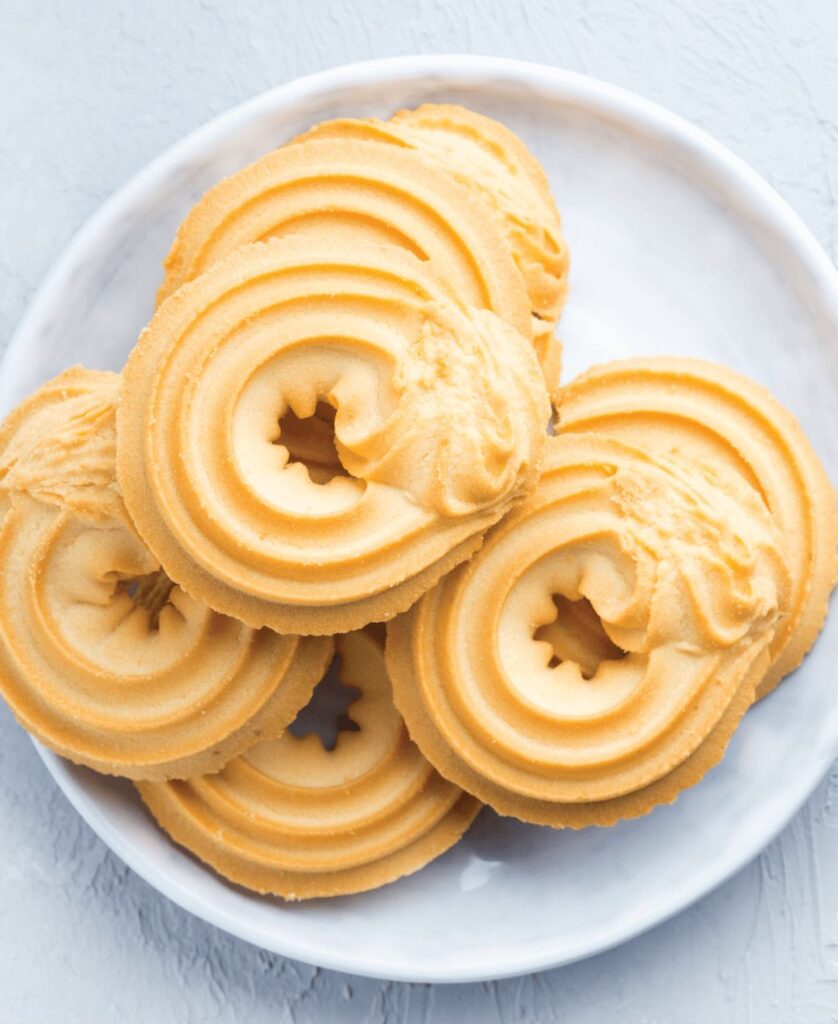From shelf-stability to processing requirements, every product formulation has its own unique set of specifications and targets necessary for success. This is where the ability to tailor ingredients, like flavors, in various formats is an indispensable tool for helping companies streamline their development process. One process that helps make this possible is spray drying.
While many across the industry may already be familiar with spray drying, we wanted to take a deeper look at what’s going on and what makes it such a valuable tool for developers. We sat down with Robert Adams, Principal Flavorist at Edlong, to not only better understand some of the technical aspects of the process but also to explore the benefits of incorporating reliable and verifiably consistent spray-dried flavors into product formulations.

Many people across the industry are familiar with the concept of spray-drying ingredients, but what’s actually happening during this process?
Adams: With spray drying, what you’re essentially trying to do is combine two phases that are incompatible, dry them, and convert them into a powder form.
Achieving this starts by creating a particle that can be used in a food product, typically through an oil and water emulsion. This is done by taking a hydrophobic component, often one that is oil-phased, and a material that can act as a surfactant (“surface active agent”) to produce your core material. For us at Edlong, this core material is always a flavor. Whether it’s butter, milk, cheese, vanilla, or any other flavor, we encapsulate and dry it so that it’s in a powder form.

Next, you need to create a wall matrix around the emulsion. This process utilizes materials such as polysaccharides, protein, or other substances that form layers around the core shell, effectively encapsulating and stabilizing it throughout the drying process, as well as in the product formulation itself.
At the end of this whole process, you’ve taken a liquid and are left with a dry particle, effectively a powdered flavor, that can provide developers a different level of versatility in their products.
What benefits can spray-dried flavors offer to developers?
Adams: A major benefit that spray-dried flavors offer is oxidative stability, in other words, improving the shelf life of the flavor. It helps the flavor become more resistant to the potential destruction and decomposition that can occur when it is incorporated into the food itself. Essentially, by encapsulating the flavor components inside this hard shell, you’re protecting the volatile aroma and flavor compounds as much as possible before they’re rehydrated.
This makes it an excellent option for products seeking to achieve a longer shelf life while maintaining the same authentic flavor impact. Low-moisture products, such as ready-to-mix drink powders, snack seasonings, spice mixes, and even bakery items, are excellent candidates for incorporating spray-dried flavors.

What considerations should developers take into account when using spray-dried flavors?
Adams: The most crucial consideration for developers thinking about using spray-dried flavors is the moisture content of their product. The lower the moisture content of an application, the greater the benefit it will see from spray-dried flavors.
This is because once the flavor compounds start interacting and becoming hydrated by the moisture in your food matrix, you begin to receive diminishing returns on the flavor preservation that spray-drying offers in the first place. To be clear, this does not mean that only “dry” products can benefit from spray-dried flavors.
For example, these flavors could help baked goods with relatively low moisture systems maintain their desired flavor impact and taste experience longer than other options.
While the flavor will begin to hydrate, the lower moisture content may cause this to occur at a slower rate than it would in other applications.
However, as the level of moisture increases, so does the likelihood that you’ll experience flavor breakdown prior to the point of consumption.

Can spray-dried flavors be part of a cost reduction strategy?
Adams: The simple answer to this is yes and no. It really depends on what the customer is really looking to do.
One of the key benefits I emphasize to customers is that spray-dried carriers play a vital role in preserving flavor integrity, especially by protecting it from oxidation and interactions with the food matrix. While developers may look for some cost efficiencies, their primary value lies in ensuring the flavor delivers its full impact to the end user.
Then you have to consider that since the flavor is undergoing a physical process to become an emulsion and then a heating process to dry it, there are simply more energy inputs involved. Spray drying has allowed us to concentrate flavors for customers and put them in a dry powder form, which can be less costly than plating them.
Ultimately, for some customers, combining the benefits of a longer shelf life for the flavor and the ability to concentrate may make the cost-in-use more effective than other methods.
How does a spray-drying partner like Edlong ensure the reliability and consistent quality of the process?
Adams: From the beginning, we set out to build a very robust system that is open to a lot of degrees of freedom. In other words, a system that can handle a wide variety of inputs and has latitude for variability in the process yet still yields consistent and reliable results every time.
However, this isn’t something we expect partners to simply take our word on. Three times over the last decade (2016, 2023, and 2024), Edlong has had third parties conduct validation of the control and consistency of our process.

Testing through differential scanning calorimetry, thermographic analysis testing and particle size distribution demonstrated repeatability of our samples, ultimately confirming the control of our systems. This alone can help give customers peace of mind, but then there is also our team’s extensive experience with the spray drying process. This helps in the rare cases where a flavor might have to be rebalanced to maintain its impact.
There may be instances when you have compounds with a small polar molecule, such as dimethyl sulfide or methyl sulfide, that can be lost during the spray drying process. This could require you to put more of these volatiles into your mixture to preserve these notes through the drying process.
Of course, with our sensory capabilities, we are able to ensure quality of flavors from batch to batch, validate flavor impact and longevity, as well as consistency in profile and taste experience between spray-dried flavors and other formats.
All of this is to say that working with a partner like Edlong, which not only has a wealth of experience with the spray drying process, but also understands how to best leverage these flavors in your product formulations for incredible authenticity, quality, and consistency, is a combination that really can’t be beat.
Connect with us and discover how spray-dried flavors can benefit your products.
Topics: Dairy flavors
Resource Type: Article
Resource Region: US